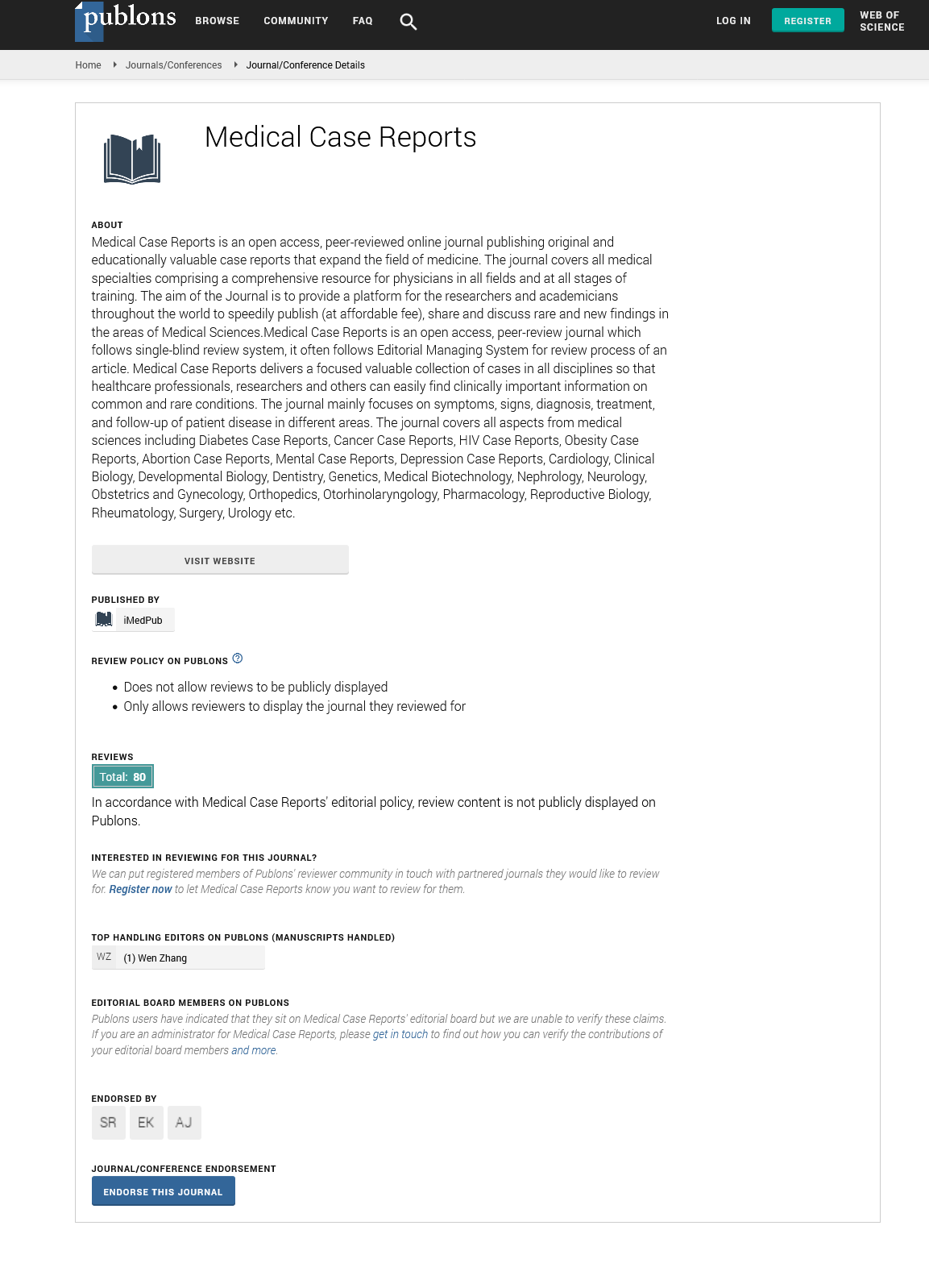Abstract
Diabetic foot ulcer management: Now and future
Prevalence of diabetes mellitus (DM) increasing in Indonesia. Indonesia was ranks seventh highest globally, with 10.0 million peoples in 2015 and will increase to 16.2 million by 2040. 1) Meanwhile, according to a national survey in Indonesia that two regions have highest prevalence are Ternate (19.6%) and West Kalimantan (11.1%). 2) Therefore, prevalence of DM in Indonesia is potential increase in the future. One of the most common complication of DM is diabetic foot ulcers (DFUs). At 15-25%, DFUs occurred in people with diabetes. 3-4) In addition, the most problem of DFU’s is lower extremity amputation and an estimated 54% is the most common reason for admission to hospital in Indonesia. 5) Also, this condition will affect to quality of life, psychology and socioeconomic. 6-8) Thus, the increasing of DFU’s is in accordance with the increasing of prevalence of diabetes mellitus. DFU’s is one of the chronic or non-healing wound. Unlike acute wounds, chronic wounds are characterized by increasing expression of tumor necrosis factor alpha (TNF-α) and interleukin one beta (IL-1β) which have a variety of action on different cell. In acute inflammation, inflammatory cytokine such TNF-α will be produced by macrophages. Furthermore, TNF-α induce macrophages to produce IL-1β, which is mitogenic for fibroblast and upregulates metalloproteinases (MMPs) expression. Consequently, chronic wounds occur persistent inflammation by TNF-α and IL-1β so caused the deposition of collagen by fibroblast and up regulating the expression of MMPs. 9) This result caused increasing or imbalance of MMPs especially MMP-2/ MMP-9 and MMP-1. 10) MMPs are a family of calcium-dependent zinc-containing enzymes that are involved in the degradation of extracellular matrix. 11) MMPs have important roles in wound healing, including facilitating migration of cells, removing damaged matrix, and remodeling new scar matrix. There are two MMPs has important function in normal wound healing during both remodeling and re-epithelialization namely MMP- 2 (gelatinase-A) and MMP-9 (gelatinase-B). 12) Another factor influenced healing of DFUs is high blood sugar. High blood glucose stimulate macrophage to enhance the production of pro- inflammatory cytokines such as IL-1β, 1L-6 and TNF-α. 13) In other words, TNF-α, MMP-2, MMP-9 and High blood glucose is internal factors that influenced healing on DFUs.
Author(s):
Haryanto
Abstract | PDF
Share this

Google scholar citation report
Citations : 241
Medical Case Reports received 241 citations as per google scholar report
Medical Case Reports peer review process verified at publons
Abstracted/Indexed in
- Google Scholar
- China National Knowledge Infrastructure (CNKI)
- Cosmos IF
- Directory of Research Journal Indexing (DRJI)
- WorldCat
- Publons
- Secret Search Engine Labs
- Euro Pub
Open Access Journals
- Aquaculture & Veterinary Science
- Chemistry & Chemical Sciences
- Clinical Sciences
- Engineering
- General Science
- Genetics & Molecular Biology
- Health Care & Nursing
- Immunology & Microbiology
- Materials Science
- Mathematics & Physics
- Medical Sciences
- Neurology & Psychiatry
- Oncology & Cancer Science
- Pharmaceutical Sciences


